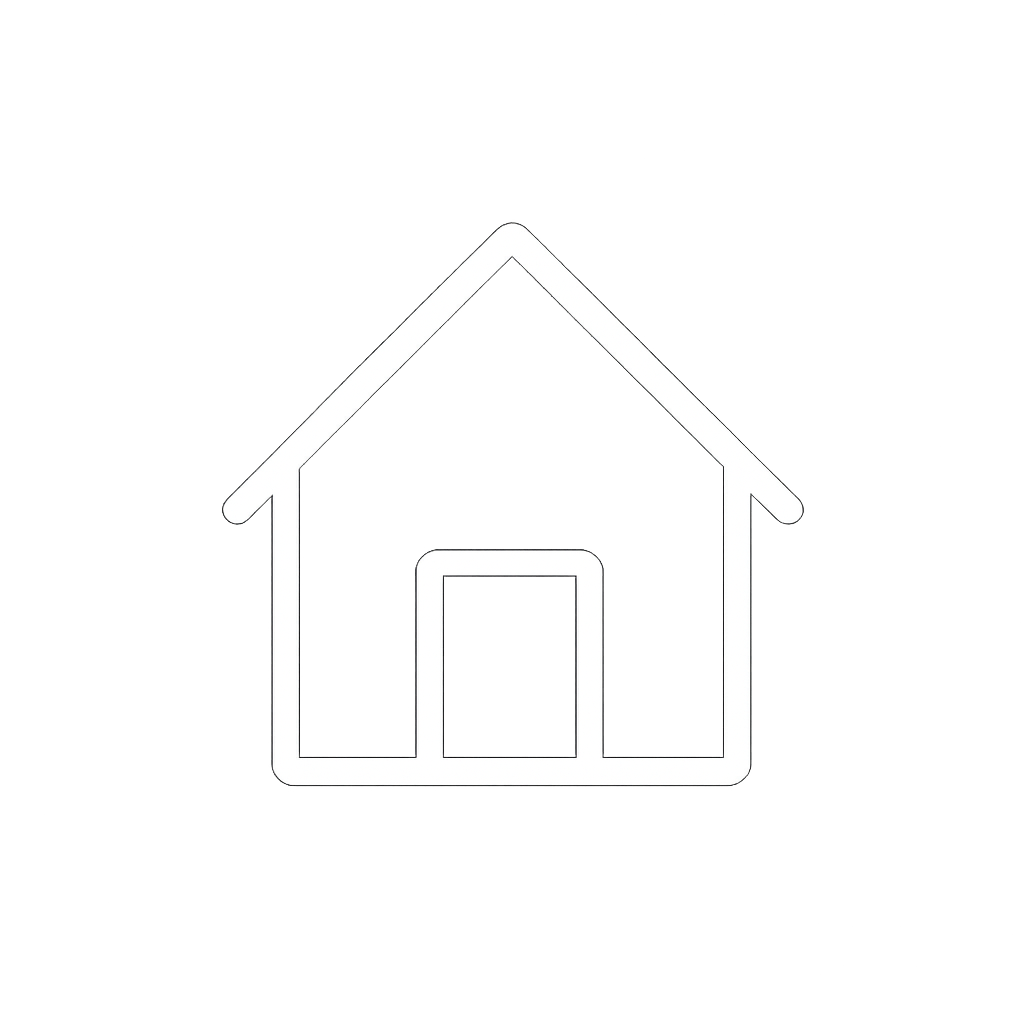INSTALLATION
|
|---|
ELECTRIC SHOCK AND FIRE HAZARD
Failure to follow these instructions may result in death or serious injury. |
|
|---|
ELECTRIC SHOCK HAZARD
Failure to follow these instructions may result in death or serious injury. |
|
|---|
DISASSEMBLY HAZARD
Failure to follow these instructions may result in personal injury or equipment damage. |
The AES Cabinet must be installed in compliance with all applicable local and national electrical and building codes, including the National Electric Code (NEC) in the USA and the Canadian Electric Code (CEC) in Canada. Additional requirements may be imposed by the Authority Having Jurisdiction (AHJ) based on site-specific conditions. Key considerations include (but are not limited to):
Upstream Protection: Properly rated input disconnects and overcurrent protection as required by code.
Clearance & Accessibility: Compliance with minimum access and service clearances.
Conductor Sizing: Use of appropriately rated feeder and load conductors.
Grounding: Mandatory chassis safety grounding of the enclosure.
Impact Protection: Required in locations where the system may be exposed to vehicle or equipment impact.
Always consult the AHJ and relevant regulatory bodies to ensure full compliance before installation.
